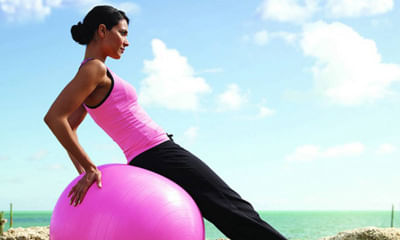Get the App
For Doctors
Login/Sign-up
Last Updated: Aug 29, 2019
BookMark
Report
DO's while travelling during pregnancy
If you have an uncomplicated pregnancy, you are likely to be able to travel during most of your pregnancy. Just be sure to discuss air travel and extended trips with your doctor ahead of time. When traveling, it's also smart to carry a written record of your due date and any medical conditions you have.
CAR TRAVEL:
When traveling by car, remember the following:
• Wear your seat belt , even if your car has an air bag. Strap the lower belt across your lower lap/upper thighs. Run the shoulder belt between your breasts and up over your shoulder, not over your abdomen. Remove any excess slack in the seat belt.
• Proper use of an air bag is important regardless of whether you are pregnant. If you are sitting in front of an air bag, slide the seat as far back as possible, and tilt the seat back slightly to increase the distance between your chest and the air bag [to 10 in. (25 cm) or more]. For the latest air bag safety information, see the U.S. Department of Transportation website at www.safercar.gov.
• Take bathroom breaks and short walks at least every 2 hours on long trips to increase the blood circulation in your legs and reduce bladder pressure.
AIRLINE TRAVEL:
When you're pregnant, the safest time to travel is during your second trimester (18 to 24 weeks), when your risks for miscarriage and preterm labor are lowest. During your third trimester, it's best to stay within 300 miles of home, in case of sudden changes that need medical attention. Airplane travel tips include the following:
• Check with the airline for its requirements before you book a flight. Some airlines do not allow women more than 35 weeks pregnant to fly.
• Carry written documentation of your due date when traveling. Some airlines ask to see this information.
• Wear your seat belt strap over your lower lap/upper thighs. When in flight, keep your seat belt fastened as much as possible in case of turbulence.
• Take a few walks while on a long flight to increase the blood circulation in your legs.
• Choose an aisle seat if possible. This will make it easier to move around in the plane.



+1.svg)
